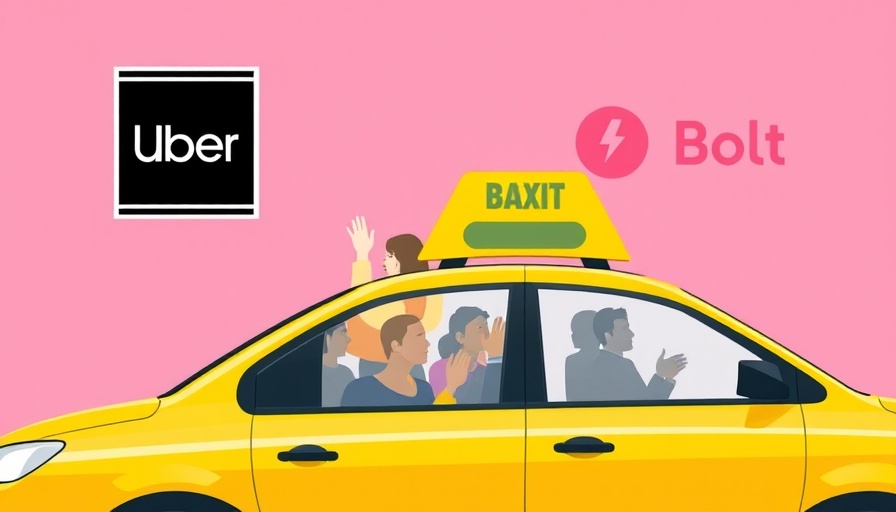
Over 2,500 Attempts but Few Survivors: Understanding the Ride-Hailing Landscape
Since the entry of Uber into Nigeria in 2014, the country's ride-hailing market has seen a surge in attempts to rival the dominating players. Data from the Amalgamated Union of App-Based Transporters of Nigeria (AUATON) reveals that over 2,500 ride-hailing apps have emerged; however, the majority have struggled to remain operational. Ibrahim Ayoade, AUATON's general secretary, highlighted the insurmountable challenges faced by local platforms, primarily due to the overwhelming financial and technological advantages held by established giants like Uber and Bolt.
The Competition Dynamics: What Leads to Failures?
Local companies such as Oga Taxi and Alpha1 Rides signify the uphill battle indigenous apps face. These platforms, which once promised to fill the gap in local demand for ride-hailing services, managed to only operate briefly before succumbing to operational difficulties and market pressures. The financial strain, especially in light of surging fuel prices and regulations, cannot be understated. According to experts, such high-risk sectors become even more precarious when coupled with regulatory uncertainties and harsh economic conditions.
Emotional and Human Dimensions: Riders and Drivers Affected
The failures of these apps carry significant implications for drivers who relied on these platforms for income. Many drivers transitioned to the gig economy following the rise of such services, and the closure of these apps has left them vulnerable and searching for alternative sources of economic stability. This situation demands urgent attention not only from stakeholders in the tech and logistics sectors but also from policymakers aimed at creating a more equitable and sustainable environment for ride-hailing.
 Add Row
Add Row  Add
Add 




Write A Comment